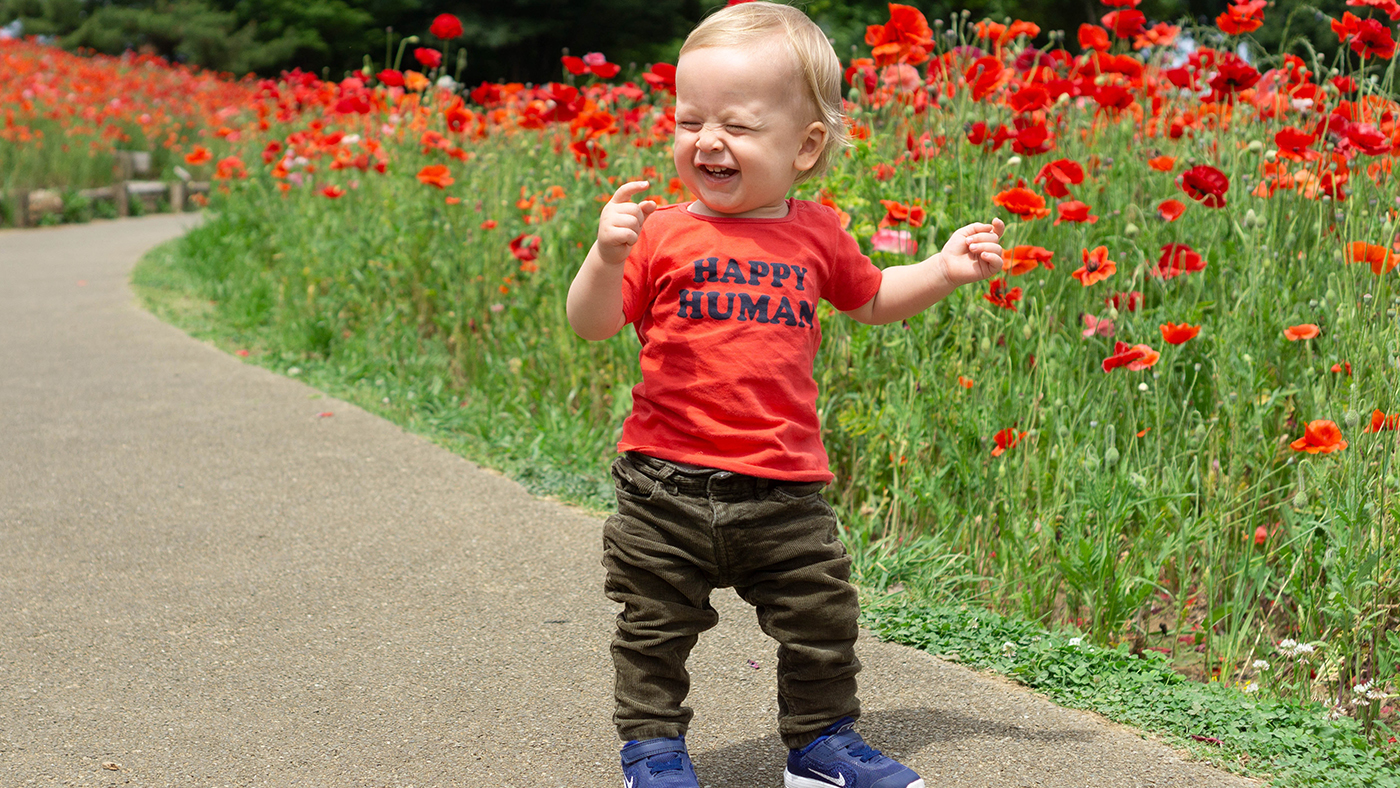Should they be walking now? Things to think about if your child still prefers crawling or shuffling

Even when you know all children develop at their own pace, it can be hard to resist the temptation to compare your baby’s progress with other children. If your friends’ children all seem to be walking, but your little one still likes to crawl you might begin to wonder if you should be worried – so here are a few things to think about.
A broad range of ‘typical’
Learning to walk is hard work for your baby, they need to build strength and control of their muscles and develop balance and coordination. For some babies, shuffling on their bottom or crawling might simply be a more efficient way to move around, others might have had fewer opportunities to develop strength and control of their movements so will be taking a little longer to take those first steps.
The range of when babies take their first steps is wide; psychologist Shelia Henderson found ‘typically developing’ babies started walking somewhere between 9 and 17 months old.[1]
So, while other babies might have been walking for a while, yours might still be happy to crawl, cruise or shuffle, and this is unlikely to be anything to worry about. If you’re feeling anxious about it, take a look at the end of the article for our advice.
Think about your baby’s progress
Rather than comparing your baby with your friend’s children, why not look back through the gross motor skills in the app and remind yourself of their progress.
They might not be walking yet, but might be more confident taking weight on their legs, or standing holding onto the sofa than they were a few weeks ago. Remember to celebrate the progress, as well as the outcome!
Give them lots of time to play on the floor and move
Your baby needs to develop their balance, posture and muscle control to walk, and the best way to do this is to spend time moving freely. So, try to limit the amount of time they’re ‘contained’, this could be in a highchair, buggy, bouncer or seat, and give them time sitting, crawling and playing on the floor.
If you’re concerned, speak to your health visitor or another professional working with your family
If your baby hasn’t started moving (crawling or bottom shuffling) by 12 months, or hasn’t started walking by 18 months, we’d suggest having a chat with your health visitor.
You know your baby better than anyone and if you feel concerned about any aspect of their development, including walking, have a chat with your health visitor or childcare staff if your baby goes to nursery.
Reference:
[1] Henderson, S. E. (1986) ‘Some Aspects of the Development of Motor Control in Down’s Syndrome’, in Themes in Motor Development. Dordrecht: Springer, pp. 69–92. In Sheridan, M. (2014) ‘From birth to five years, children’s developmental progress.’ (Fourth edition), Routledge.